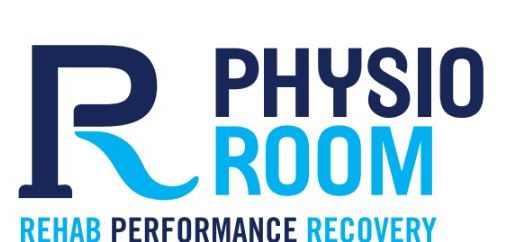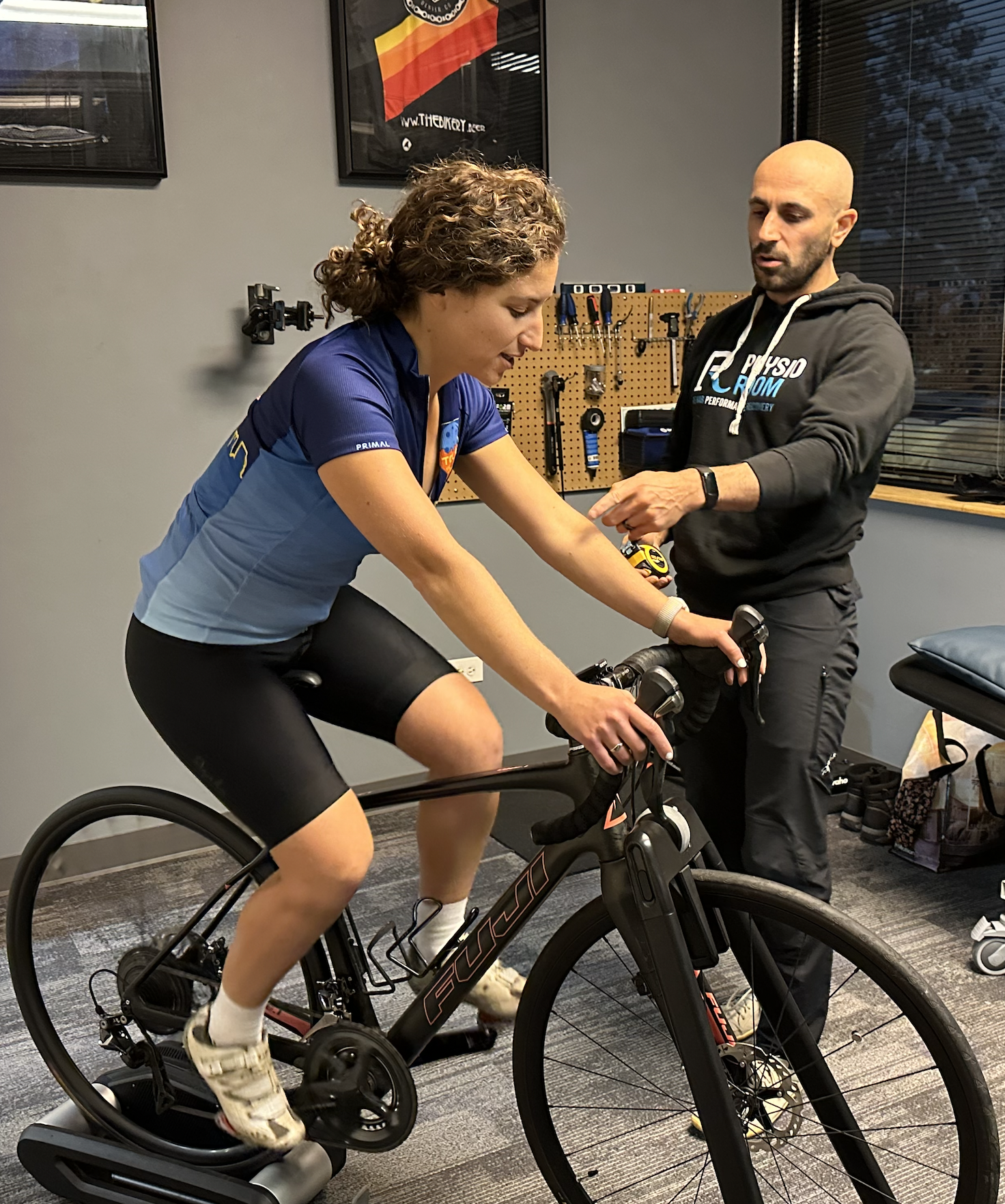Knee pain from Cycling: The Neuromuscular Rut
“If nothing changes, nothing changes. If you keep doing what you’re doing, you’re going to keep getting what you’re getting.” – Courtney C. Stevens
The Gist:
Knee pain from cycling often stems from repetitive movement patterns that become ingrained over time. As we age, these compensations—developed with each pedal stroke or stride—can alter our body’s natural mechanics. Over time, they overload some structures while underloading others, leading to inefficient movement and, eventually, pain. Addressing these neuromuscular habits is key to resolving and preventing knee pain from cycling.
The Who:
Passionate cyclists typically realize the value of a bike fit, especially if (i.e. when) a niggle or pain arises. However, many riders still struggle with pain despite best efforts with a bike fit and general strengthening programs.
The What:
“Squats for watts” is the saying but this is merely the cycling version of “no pain, no gain”. Without awareness of our own compensation patterns, weaknesses, asymmetries, mobility, flexibility, and joint restrictions, more loading will serve to reinforce our neuromuscular ruts. Plus, bilateral loading (such as squats) is not specific to many (any?) sports and should be low(er) on the hierarchy of sport-specific exercises for cyclists.
No pain? Remote programming and the infinite cycling-targeted accounts on Instagram can have some value (mostly just overly dramatic movements with the title like “MTB Training”). And if there isn’t a mountain bike in the background it doesn’t apply – see below.
For those with an actual loitering physical ailment, the limited benefit to a subjective and arbitrarily assembled group of exercises is soon realized. However, I do understand the natural psychological need for most people is trialing at least a couple dead-end band-aid approaches before seeking help.
The How:
See a performance physical therapist with expertise in cycling. Ideally a PT that performs bike fits as well. A perspective and assessment outside of our own consciousness is the best (only) way to know and understand our own movement and strength inadequacies. Then, an individualized movement training program can be applied as we begin to unravel years of moving into the path of least resistance. From there you can layer in “squats for watts”.
In the days leading up to your appointment, try these things:
Summary:
Your bike fit, load tolerance, and neuromuscular patterning must all be harmonized for cycling longevity. Off bike movement dysfunction does not evaporate when seated atop a bicycle.
We must function well off the bike to maximize our performance and activity capacity. Cookie cutter approach to bike fit and strengthening doesn’t ensure good movement patterns or muscle recruitment. A good bike fit will mitigate the effect of a significant imbalance, however function and self awareness will be compromised without a holistic approach that includes refined muscle recruitment and movement patterns.

Written by Dr. Tim Tracy – PT, DPT, OCS| Physio Room




No responses yet